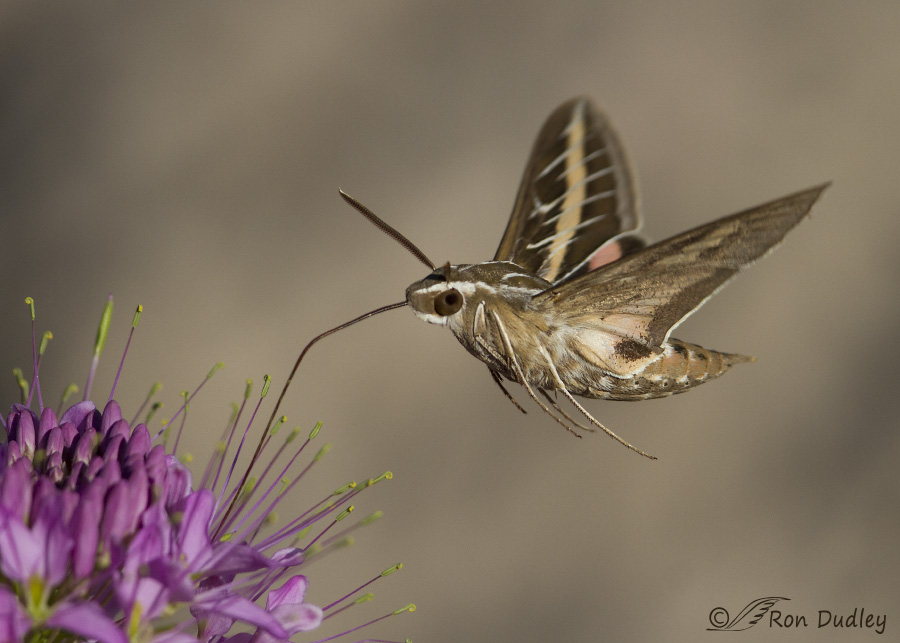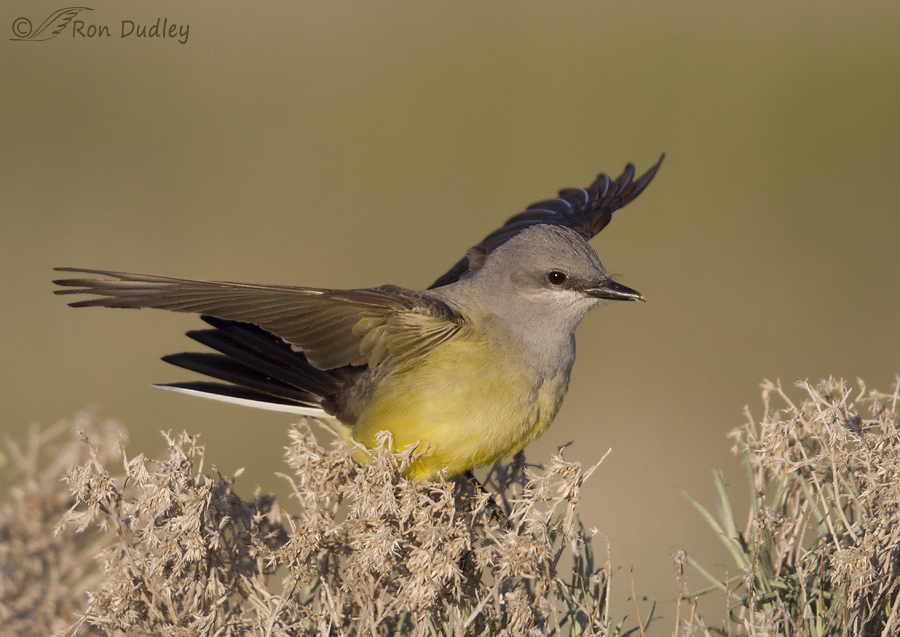Tag: eye
Western Kingbird With A Serious Eye Problem
The Incredibly Long-legged Black-necked Stilt
The Black-necked Stilt is one of the more easily recognized birds in North America. With its shiny black wings and back opposed by the whites of the breast and underparts and its long, bright red legs it is unlikely to be confused with any other species within its range. 1/1000, f/11, ISO 400, 500 f/4, 1.4 tc, natural light But in my experience most observers are unfamiliar with the differences between males and females. Though the sexes are similar it’s relatively easy to tell them apart when they’re in breeding plumage. The back and scapulars of the male are a solid, shiny black while the female has a noticeable brown tone in those areas. The legs of the female are also shorter than those of the male. 1/1250, f/8, ISO 400, 500 f/4, 1.4 tc, natural light The iris of both sexes is red though it is more brightly colored in the male. Here the pupil is dilated to a relatively large size so the colored iris doesn’t take up much of the eye. I’ve found that in photos it can be difficult to get the eye color to show so it often appears solid black. 1/2000, f/6.3, ISO 400, 500 f/4, 1.4 tc, natural light But perhaps the most unique feature of the Black-necked Stilt is those incredibly long, ruby-red legs. Their legs are longer in proportion to their bodies than any other bird except flamingos, accounting for one of their common names – daddy longlegs. Stilts have partially webbed feet…
How Important Is Direct Eye Contact?
I’m hoping to get some feedback from my viewers on this one. Almost from day one with my bird photography I’ve labored under the impression that good eye contact with my subject is vital, almost essential, for a strong image. But that’s a premise I’m beginning to question to some degree. I don’t think there’s any question that a good look at the eye almost always makes for a stronger image. Direct eye contact is often even better. But no image is perfect – they all have strengths and weaknesses and I’m wondering if I sometimes put too much importance on eye contact over other desirable traits of an image. Below are three images of male Northern Harriers. Each has strengths and weaknesses. My previous impulse would have been to shun the last two shots because of a poor look at the eye, even though they have other strengths the first image does not. Now I’m not so sure… 1/4000, f/6.3, ISO 500, 500 f/4, natural light, not baited, set up or called in In this photo the bird has an interesting wing position and it’s nicely separated from the horizon below. And I have great eye contact but the bird is “only flying” and there’s nothing else interesting going on. And besides, it could be said that looking at the photographer isn’t really a “natural behavior” anyway… Note: If you’re wondering what the brown is at top right, the background is water, not sky, and the brown at top and bottom are land. I could clone or…
Western Kingbird With A Serious Eye Problem
The Incredibly Long-legged Black-necked Stilt
The Black-necked Stilt is one of the more easily recognized birds in North America. With its shiny black wings and back opposed by the whites of the breast and underparts and its long, bright red legs it is unlikely to be confused with any other species within its range. 1/1000, f/11, ISO 400, 500 f/4, 1.4 tc, natural light But in my experience most observers are unfamiliar with the differences between males and females. Though the sexes are similar it’s relatively easy to tell them apart when they’re in breeding plumage. The back and scapulars of the male are a solid, shiny black while the female has a noticeable brown tone in those areas. The legs of the female are also shorter than those of the male. 1/1250, f/8, ISO 400, 500 f/4, 1.4 tc, natural light The iris of both sexes is red though it is more brightly colored in the male. Here the pupil is dilated to a relatively large size so the colored iris doesn’t take up much of the eye. I’ve found that in photos it can be difficult to get the eye color to show so it often appears solid black. 1/2000, f/6.3, ISO 400, 500 f/4, 1.4 tc, natural light But perhaps the most unique feature of the Black-necked Stilt is those incredibly long, ruby-red legs. Their legs are longer in proportion to their bodies than any other bird except flamingos, accounting for one of their common names – daddy longlegs. Stilts have partially webbed feet…
How Important Is Direct Eye Contact?
I’m hoping to get some feedback from my viewers on this one. Almost from day one with my bird photography I’ve labored under the impression that good eye contact with my subject is vital, almost essential, for a strong image. But that’s a premise I’m beginning to question to some degree. I don’t think there’s any question that a good look at the eye almost always makes for a stronger image. Direct eye contact is often even better. But no image is perfect – they all have strengths and weaknesses and I’m wondering if I sometimes put too much importance on eye contact over other desirable traits of an image. Below are three images of male Northern Harriers. Each has strengths and weaknesses. My previous impulse would have been to shun the last two shots because of a poor look at the eye, even though they have other strengths the first image does not. Now I’m not so sure… 1/4000, f/6.3, ISO 500, 500 f/4, natural light, not baited, set up or called in In this photo the bird has an interesting wing position and it’s nicely separated from the horizon below. And I have great eye contact but the bird is “only flying” and there’s nothing else interesting going on. And besides, it could be said that looking at the photographer isn’t really a “natural behavior” anyway… Note: If you’re wondering what the brown is at top right, the background is water, not sky, and the brown at top and bottom are land. I could clone or…



